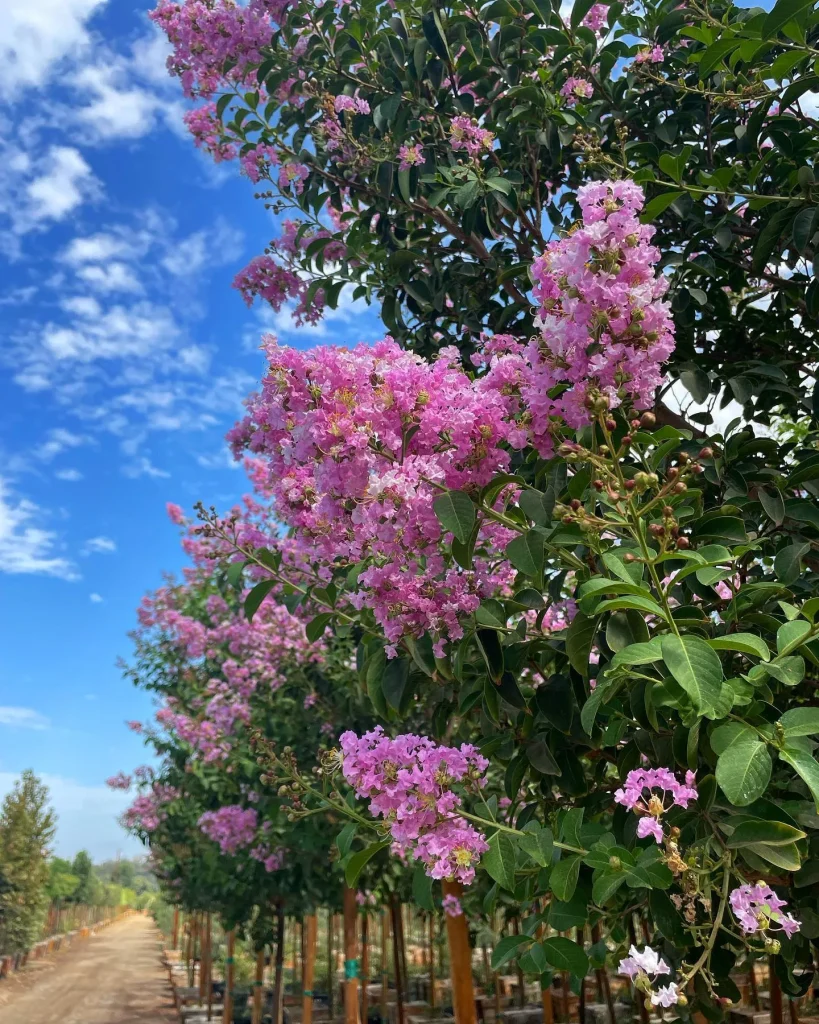All About Asplenium Trichomanes: The Delicate Maidenhair Spleenwort
Hi, I’m Ferb Vu, and I’m here to answer your questions about the fascinating Asplenium trichomanes, also known as the Maidenhair Spleenwort. This little fern packs a punch in the world of greenery, offering delicate beauty and surprising resilience.
908 Species in Genus Asplenium
What is Asplenium Trichomanes?
The Maidenhair Spleenwort is a small, evergreen fern belonging to the Aspleniaceae family. Think of it as a miniature version of the classic sword fern, but with a more delicate touch. Its name, “trichomanes,” comes from the Greek word for “fern,” highlighting its undeniable fern-ness.
This little wonder thrives in rocky habitats around the world (except Antarctica, the poor guy), making it a true global citizen. It’s a surprisingly variable plant, with several subspecies boasting slightly different characteristics.
How Big Does Asplenium Trichomanes Get?
Don’t expect a towering giant here. The Maidenhair Spleenwort stays nice and compact, typically reaching only 4 to 8 inches (10 to 20 centimeters) in height. Even after five years, it’ll likely stay under a foot tall and wide, making it perfect for terrariums or smaller gardens.
What Does Asplenium Trichomanes Look Like?
The beauty of the Maidenhair Spleenwort lies in its delicate details. It forms adorable little tufts with long, slender, tapering fronds. Picture a fern distilled to its essence – graceful and understated. These fronds boast glossy black stems that cradle many small, rounded or oblong pinnae in a vibrant yellow-green to dark green hue.
Sun or Shade? Where Does Asplenium Trichomanes Like to Live?
The Maidenhair Spleenwort isn’t picky about light. It can tolerate some sun, but it truly shines (pun intended) in shady environments. Think dappled sunlight filtering through leaves or a sheltered corner of your garden. Just remember, too much direct sun can scorch those delicate fronds.
Can I Grow Asplenium Trichomanes Indoors?
Absolutely! The Maidenhair Spleenwort thrives indoors as long as you can provide the right conditions. Here’s what it craves:
- Humidity: This fern loves moisture in the air. Mist it regularly or use a pebble tray filled with water to keep it happy.
- Light: Opt for indirect sunlight or bright, filtered light. South-facing windows are usually a good choice.
- Soil: Well-draining, slightly acidic potting mix is ideal. Think about adding perlite or orchid bark for extra drainage.
- Watering: Keep the soil consistently moist, but not soggy. Water deeply when the top inch of soil feels dry.
With a little TLC, your Maidenhair Spleenwort will flourish indoors, adding a touch of elegance to your home.
Is Asplenium Trichomanes Easy to Care For?
Generally, the Maidenhair Spleenwort is a low-maintenance plant. Once established, it’s quite forgiving. However, it does appreciate some attention to detail, especially regarding humidity and watering.
Here are some things to watch out for:
- Dryness: The biggest threat to your fern is dry air. Watch out for crispy brown edges on the fronds, a sign it needs more moisture.
- Overwatering: While it likes moist soil, don’t drown it! Soggy roots can lead to rot.
- Pests and Diseases: Thankfully, the Maidenhair Spleenwort isn’t particularly prone to pests or diseases. However, keep an eye out for mealybugs or scale, which can be treated with insecticidal soap.
With a little understanding of its needs, you can easily keep your Maidenhair Spleenwort thriving.
Maidenhair Spleenwort vs. Maidenhair Fern: What’s the Difference?
There’s a common misconception – the Maidenhair Spleenwort is not the same as the Maidenhair Fern. While they share a similar delicate appearance, there are key differences:
- Size: The Maidenhair Fern typically grows larger than the Maidenhair Spleenwort.
- Leaf Shape: The Maidenhair Fern has fan-shaped fronds, while the Maidenhair Spleenwort has elongated, tapering fronds.
- Light Requirements: The Maidenhair Fern prefers higher humidity than the Maidenhair Spleenwort.
So, if you’re looking for a more compact fern that can tolerate drier conditions, the Maidenhair Spleenwort might be the better choice.
If i die, water my plants!



